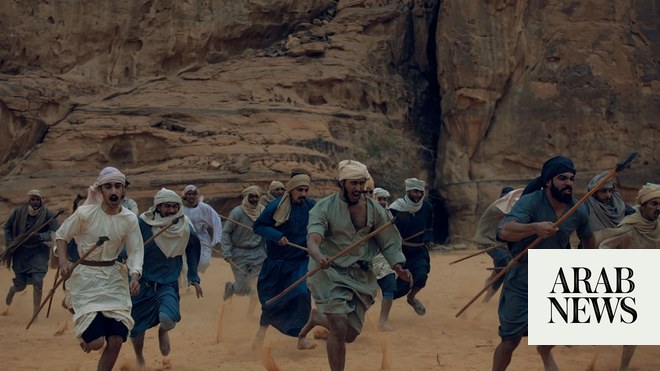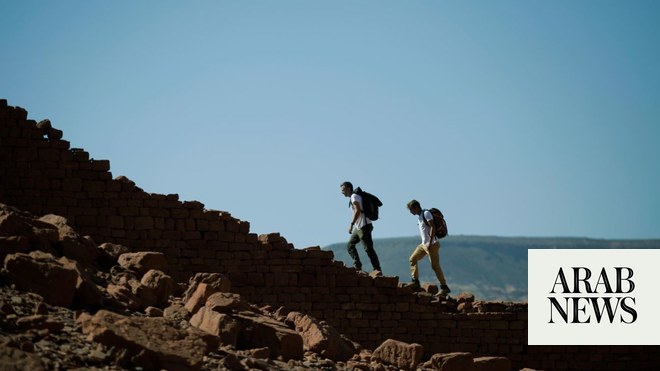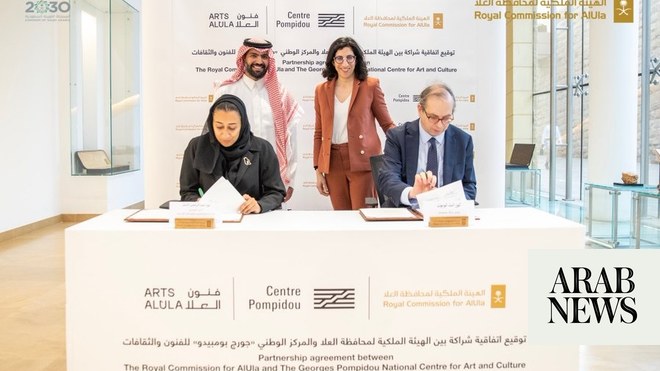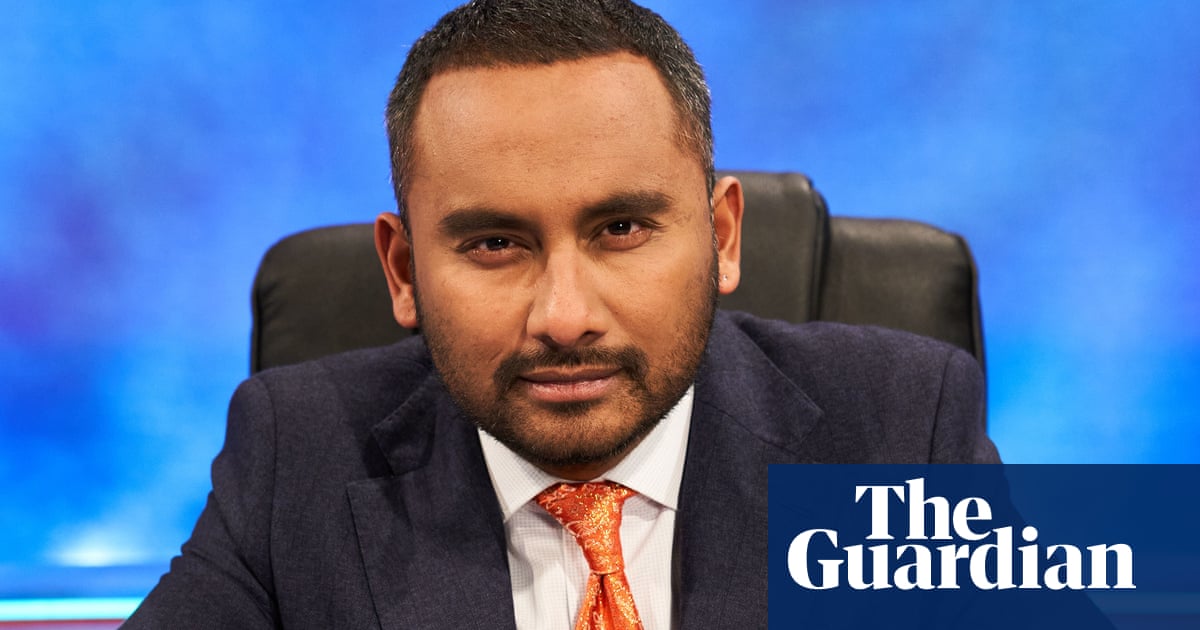
DUBAI: Ivan Bouso has been a television executive producer for National Geographic for nearly two decades and yet he is still in awe of the subject matter of his latest documentary — a 44-minute project on Saudi Arabia’s AlUla titled “Lost Treasures of Arabia: Ancient City of Dadan” set to premiere on March 13.
The documentary explores the UNESCO World Heritage Site and vast archaeological area that has been having its moment for the past five years due to its sweeping mountainous landscapes, Nabatean tombs, and an ancient history that is little-known.
“It is a place of marvel,” said Bouso of the documentary that is directed by Dirk Verheye and Inti Calfat and will be broadcast in Arabic and English. The latter is narrated by Oscar-nominated actress and director, Maggie Gyllenhaal.
“It’s a story that no one was expecting,” said Bouso. “No one was expecting to find this amazing, more than 2,000-year-old city of Dadan in the middle of the sands of Saudi Arabia.” According to Bouso, Dadan has been mentioned in three different bibles and was considered an important business station, where expensive goods were traded on the incense route connecting the Arabian Peninsula to the Mediterranean.
“I would say it was like London or New York in the Eighties, and maybe Dubai, that were the center of the world. A lot of people were going there to trade, spend some time, and then they continue their business,” said Bouso. The narrative of the documentary focuses on two kingdoms that arose in Dadan in two different eras — the Dadanite and the Lihyanite. Both eras were rich with human life, agriculture and innovation, especially sustaining water sources.
The documentary also takes the viewer on a journey of archaeologists making revealing discoveries of artifacts and technologies coming out of Dadan. “It’s like a private investigator movie,” said Bouso. “We go there with the archaeologists and they start digging and finding clues. They start guessing and looking for answers to those clues: Who were the people living here? How were they living here? Who destroyed them? Why did they disappear? What were the technologies they were using? In the middle of the desert, they created an amazing city. How did they do it?“
The production team was granted access to the site through the Royal Commission for AlUla, which was founded in 2017. The research-driven film features Hollywood-quality re-enactment scenes and sit-in interviews with experts and archaeologists. Bouso said that making documentaries always comes with a set of challenges, as they deal with plan-altering reality. “That’s the beauty of my work. I don’t go to an office everyday,” he said with a laugh. “I got out on the field and things happen.”
However, shooting in a desert is particular, due to its setting and climate. “It always takes a lot of time going from point A to point B. You have the dust, which is the enemy of every camera. It gets everywhere, so we need to be very careful and use special equipment,” he said. “Believe it or not, in the middle of the desert we had a huge storm and we had to stop working for one day — not only us, but also the archaeological teams. They needed to cover everything that they have uncovered, because the rain was so strong.”
His adventurous profession has taken him around the world to more than 120 countries, and, in some ways, the job still feels fresh. “That’s the beauty of my job,” he told Arab News. “I tell stories in many different places and countries.”
A man who wears many hats, Bouso likens his job to being like Spider-Man. “It’s a great responsibility,” he said. “What I do is I work with the script writer, the director and the producer. I take part in all the different parts of a production to make it look, feel and smell like a National Geographic production.”
“Lost Treasures of Arabia: Ancient City of Dadan” will be presented in National Geographic’s style of top-of-the-line photography, fact-checked scripts, along with a good mix of being informative and entertaining.
Bouso hopes it will promote knowledge and pique viewers’ interest.
“The National Geographic Society was founded in 1888,” he said. “What we’ve been trying to do from the very beginning is telling stories for many years. In this case, we are producing premium documentaries that are covering timely, provocative and globally relevant stories. What we’re trying to do is inspire people to care about the world.”












